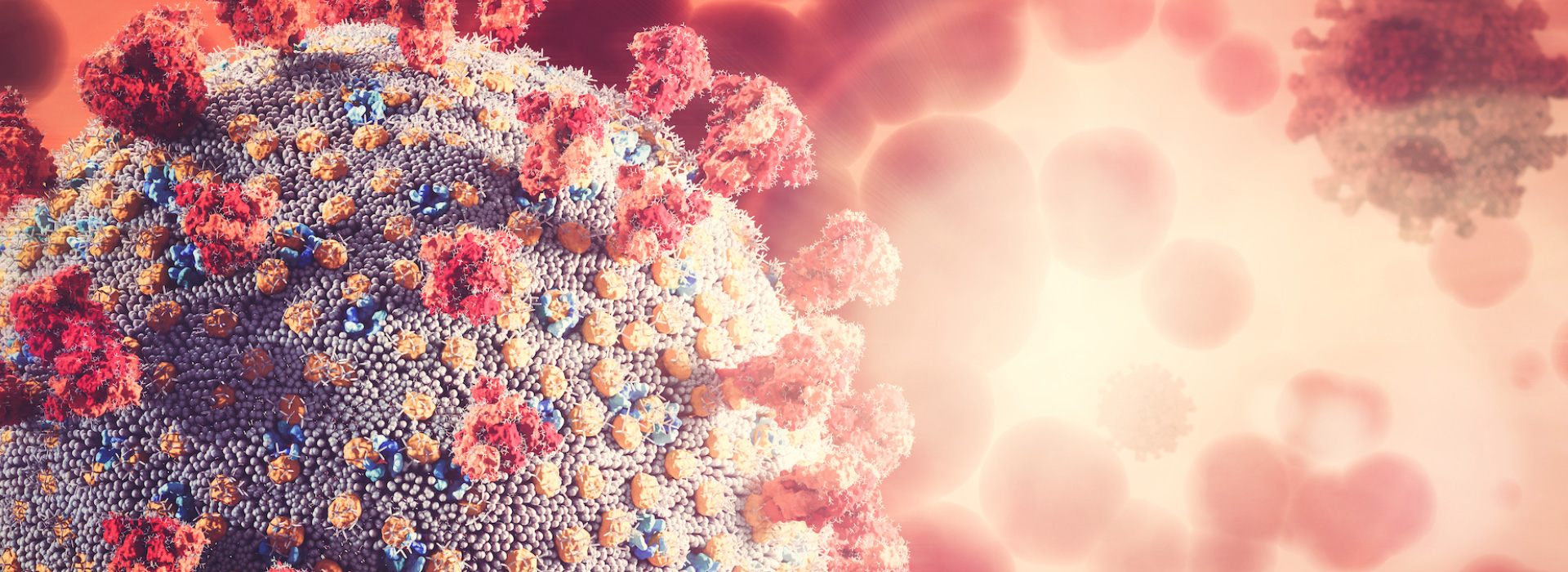
Biosecurity and control of epidemics
Enric Marco, Swine consultant, Marco Vetgrup, SLP (Spain)
Covid-19 infection force all of us to take measures to prevent the infection, but also to prevent it to be spread. Masks, cleaning hands, social distancing… All these measures are what is known as biosecurity.
Farm biosecurity include the application of health controls and measures to:
- Prevent the introduction of new infectious diseases into herds.
- Contain the spread of other infections already present in the farm.
10 measures to avoid introduction of a new infection
01

Quarantine:
Ideally located out-side the main farm.
02

Loading-bay:
Allows to define clean and dirty zones and it should prevent the re-entry of animals and liquids.
03

Complete fence surrounding the whole farm:
In order to prevent the entry of animals and people.
04

Closed entrances:
A sign reading “No entry for health reasons” should be erected plus a system to notify the arrival.
05

Changing facilities:
Situated within the main perimeter fence. After the showers or an intermediate area (e.g. Danish SPF herds) overalls, farm shoes or boots and hat should be provided.
06

The entry of pork or its by-products should be banned.
07

Feed should be loaded from outside the fencing.
08

Slurry’s pit should be located outside the fence.
09

Disinfection chamber:
It can allow to disinfect and isolate materials for a while before moving them inside.
10

Incinerator/Collecting point for dead animals:
It must be fenced and located outside the main perimeter fence but attached to it to allow disposing carcasses from clean side.
5 measures to avoid the spread of infection inside the farm
01

Batch management and batch integrity
Avoid: rolling back animals, workers moving among batches form old to young, not changing needles when injecting…
02

All-in-all-out.
03

Fly and rodent control:
Combined with a good cleaning and disinfection program.
04

Management:
Aspects such as feed, water, climate, density and welfare are of vital importance.
05

Vaccination program:
The ideal complement to the previous measures.
References
· Amass SF, et al. Mechanical transmission of enterotoxigenic Escherichia coli to weaned pigs by people, and biosecurity procedures that prevented such transmission. J Swine Health Prod. 2003;11(2):61-68.
· Barcelo J and Marco E, On farm biosecurity. Proceedings of the 15th IPVS Congress, Birmingham, UK, 1998; p129.
· Calderón Díaz, et al. Delaying pigs from the normal production flow is associated with health problems and poorer performance. Porcine Health Management (2017) 3:13
· Chase CCL, et al. Needle-free injection technology in swine: Progress toward vaccine efficacy and pork quality. J Swine Health Prod. 2008;16(5):254–261.
· Mannion C, et al. The efficacy of cleaning and disinfection on pig farms. Safepork 2005
· Mekerke, B., and Leneveu, P. Modifications de conduite de bandes et impact sur la situation sanitaire: analyse de quel- ques examples. Proc. Association Française de Medecine Veterinaire Porcine, 2006.Toulouse, Fr.
· Postma, et al. Evaluation of the relationship between the biosecurity status, production parameters, herd characteristics and antimicrobial usage in farrow-to-finish pig production in four EU countries. Porcine Health Management (2016) 2:9.
· Scheidt AB, et al. The effect of all-in-all-out growing-finishing on the health of pigs. J Swine Health Prod. 1995; 3(5):202–205.
· Van der Peet-Schwering CMC, et al. Effect of less animal contacts on pleuritis in growing and finishing pigs. Animal Science Group von Wageningen UR, Rapport 111, March 2008.

